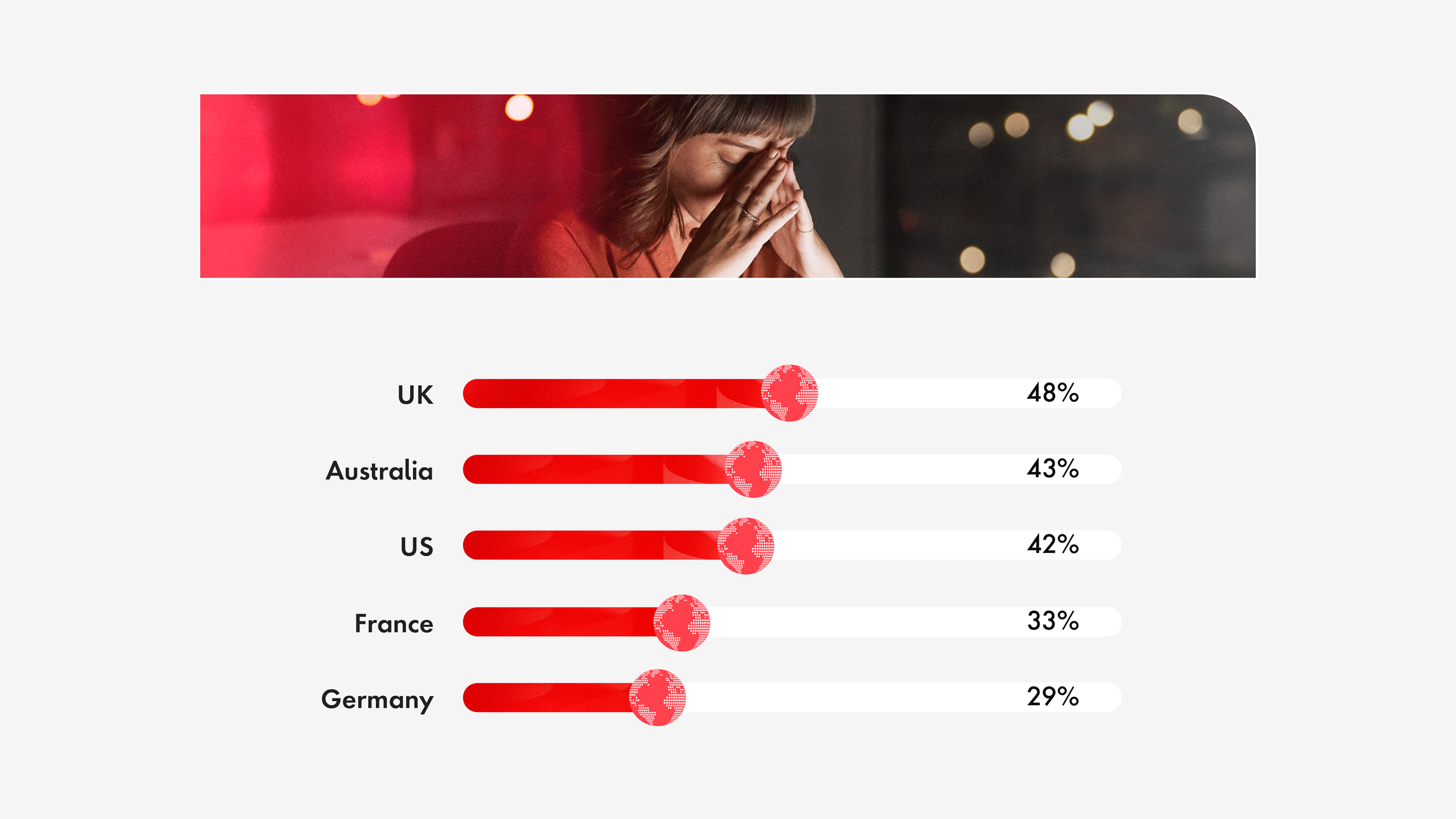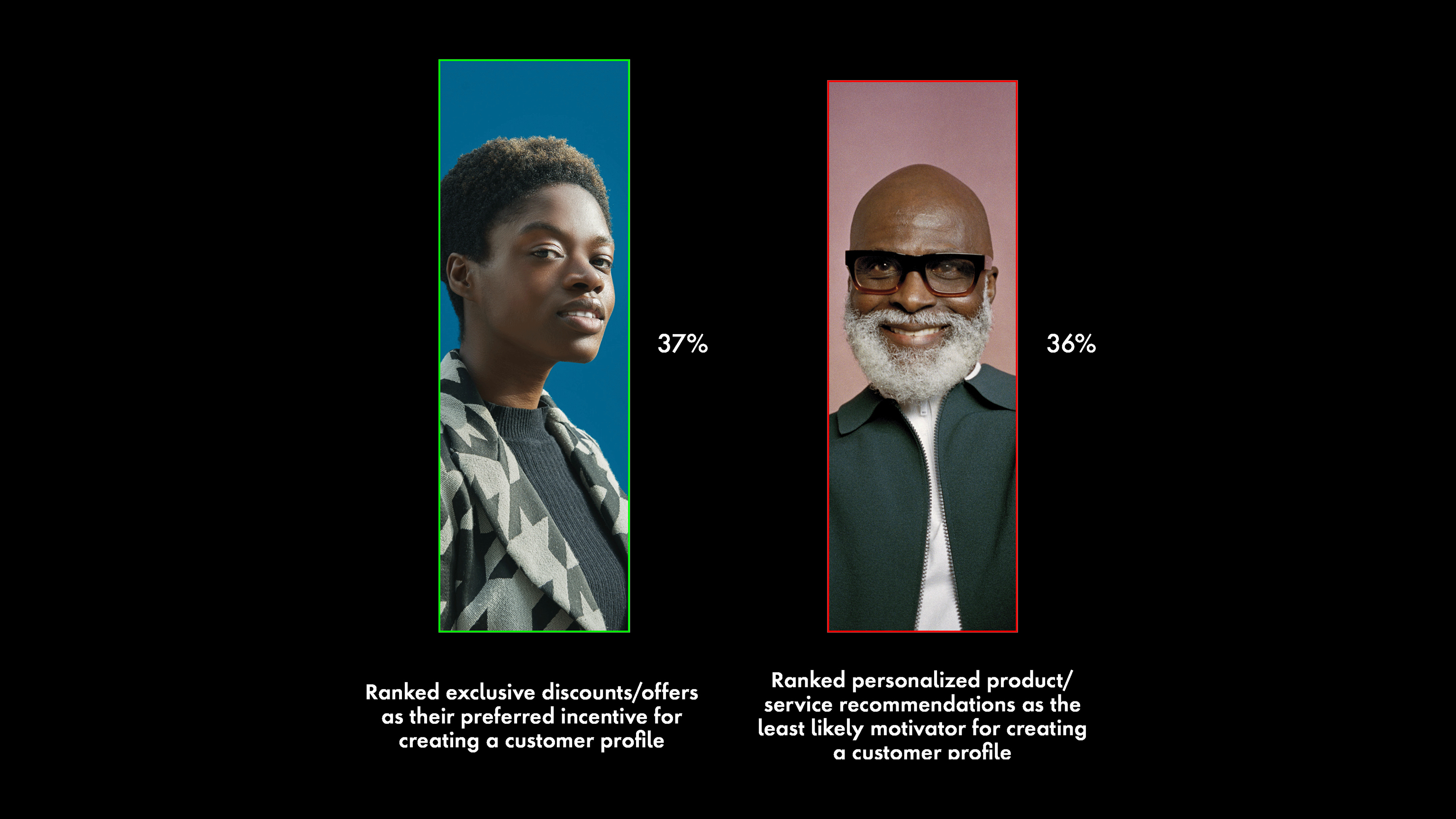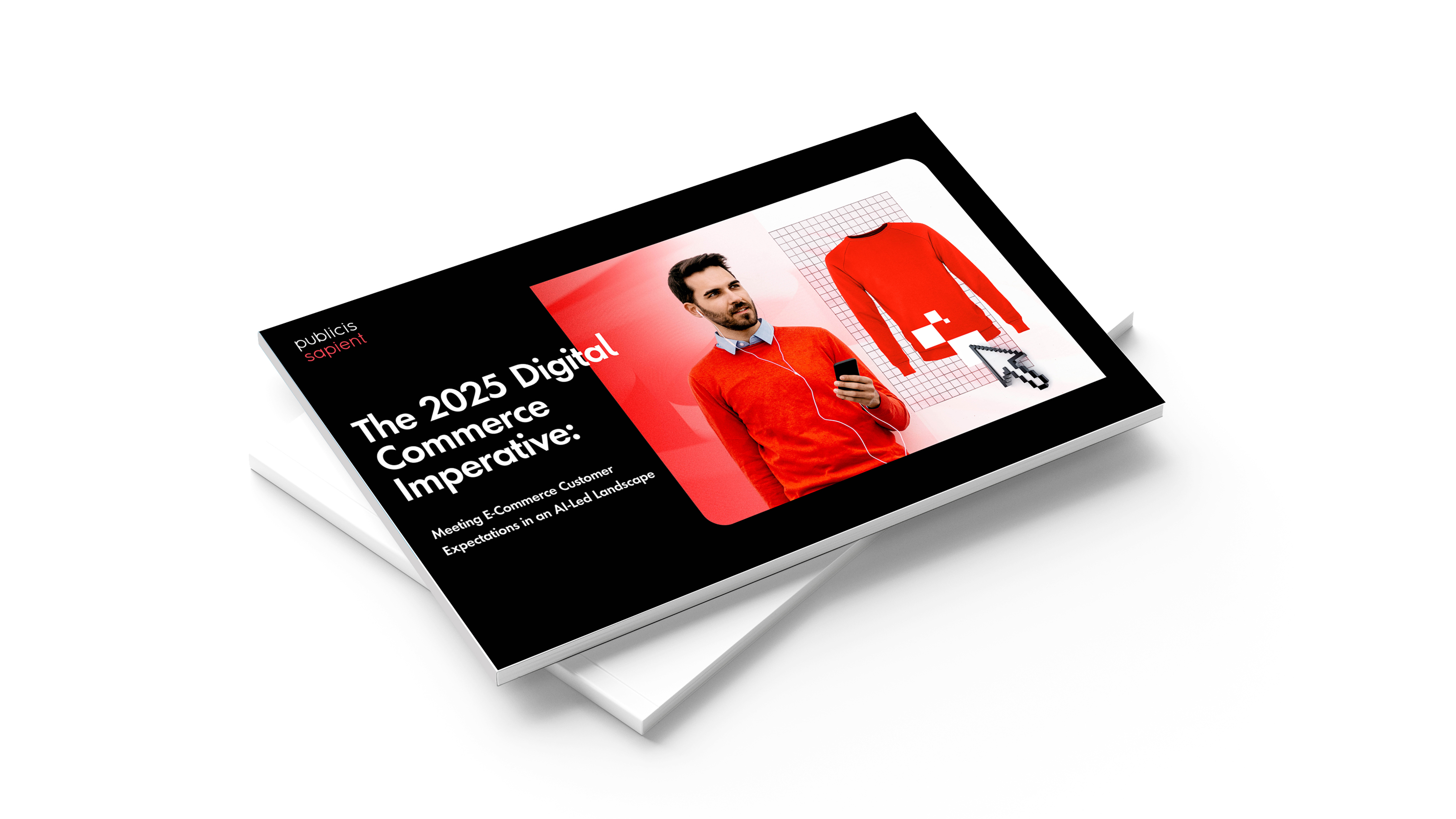What issue can we solve for you?
Type in your prompt above or try one of these suggestions
Suggested Prompt


The 2025 Digital Commerce Imperative
Meeting e-commerce customer expectations in an AI-led landscape


From booking appointments to making purchases, the modern commerce ecosystem helps consumers complete transactions more efficiently than ever before. Moreover, advanced AI capabilities are only making this easier across industries—in theory, at least. New technologies bring new challenges, and these challenges are shaping what consumers expect from their digital commerce experience.
Our 2025 digital commerce report dives into these issues, drawing from extensive consumer surveys that span multiple industries and regions. It offers a comprehensive overview of what currently works in digital commerce, what doesn’t and how your business can meet consumers’ expectations to create smooth, stress-free digital commerce experiences.
Key findings
Our research reflects significant differences in consumer satisfaction across various sectors, including clear leaders and laggards:
- Banking and financial services: Highest satisfaction at 62 percent, indicating strong alignment with consumer needs
- Transportation: Lowest satisfaction at 26 percent, signaling a pressing need for e-commerce innovation
Hyper-personalization is the future
Different generations expect different things from their commerce experiences—and digital natives expect more than basic interactions. The majority of Millennials and Gen Z view personalization positively and crave experiences that cater specifically to their preferences. This extends beyond basic personalization, such as addressing consumers by name, to demonstrate comprehensive understanding and anticipation of individual needs. In contrast, the majority of Gen X (64 percent) and Baby Boomers (73 percent) have never used personalization features.
Figure 01
Percent of respondents who saw a customer challenge as having a significant impact on their growth transformation in the last 12 months

Q: Please indicate your level of usage of the following AI-powered features when conducting digital transactions. N= Gen Z (1,234), Millennials (2,090), Gen X (1,764), Baby Boomers (2,335).
Expectations are regional
Though all consumers crave smooth, quick checkout experiences, their attitudes, expectations and experiences differ across regions. Consumers in the United Kingdom, for example, reported significantly more customer service issues (48 percent) than those in Germany (29 percent).
Figure 02
Percent of consumers experiencing customer service issues regionally

Q: Which, if any, of the following issues do you encounter most often when transacting digitally with a brand or business? N= AUS (1,077), FR (1,020), DE (2,104), UK (2,217), US (1,144).
Understanding experiences, expectations and preferences is essential for companies aiming to align their digital strategies with consumer expectations and anticipate emerging technologies.
Consumers everywhere experience friction
If there is one thing that unites consumers across the world, it’s experiencing friction in their digital commerce experiences. What are some of the pain points that consumers experience and ultimately shape their expectations for future engagement? Some of the top issues include customer service issues (39 percent), data privacy concerns (33 percent) and site/app performance issues (29 percent).
Figure 03
Sources of digital commerce friction

Q: Which, if any, of the following issues do you encounter most often when transacting digitally with a brand or business? N= AUS (1,077), FR (1,020), DE (2,104), UK (2,217), US (1,144).
Consumers aren’t sold on the power of AI
Organizations may be embracing the power of AI and looking for new AI-driven solutions to turbocharge their businesses. But what is the consumer point of view on AI? And how do consumers expect it will impact their experiences?
Though Millennials and Gen Z are more likely to embrace AI features, consumers overall don’t see the value in what AI can do for them. Take conversational chatbots, for instance. The majority of consumers (57 percent) have neither used them nor had them help make a purchase decision.
Figure 04
Impact of conversational assistants on purchase decisions

Q. In your experience, how much, if at all, have conversational assistants (e.g., chatbots, conversational AI tools like ChatGPT) helped you in making purchase decisions? N=943.
The challenge is that your business needs to help consumers see the value in AI—and you can do that by building solutions aligned with consumer needs, transforming AI from a novelty into a valuable commerce partner.
Data is the key ingredient for commerce strategies—but it shouldn’t come at the cost of consumer trust
Consumers expect that businesses gather data. After all, it enables personalized experiences, preferences and offers. But consumers are also acutely aware of the privacy risks that come with sharing their data.
So, what does your business need to know about consumers’ concerns over data privacy?
Motivators for data sharing: More than a third (37 percent) of consumers ranked exclusive discounts as a motivator to share personal information, but reluctance persists whenever businesses aren’t transparent about their policies. A similar amount (36 percent) indicated that personalized product/service recommendations wouldn’t move the needle for them.
Figure 05
Factors influencing customer profile creation

Q. In your experience, how much, if at all, have conversational assistants (e.g., chatbots, conversational AI tools like ChatGPT) helped you in making purchase decisions? N=943.
Don’t just meet consumer expectations—exceed them
Understanding consumer expectations is just the beginning. To transform consumers into customers, use actionable, proven tools and strategies:
- Prioritize customer-centric enhancements that deliver value to consumers, such as hyper-personalized offers and quicker, pain-free resolution to issues when they arise.
- Strengthen trust and transparency to ensure consumers that their data is safe in your hands.
- Address pain points with proactive solutions to delight, rather than frustrate, consumers, such as intuitive search features and seamless channel integration.
Ready to apply these insights to elevate your business strategy? Let us guide you through your digital transformation journey, equipping you with the tools to innovate and succeed, no matter the environment. Publicis Sapient is at the forefront of digital transformation, combining experience design expertise with powerful AI tools to help organizations navigate today’s complex commerce landscape.
About the research
This report is grounded in a global survey of 7,562 consumers, conducted from January 7-23, 2025, across Australia, France, Germany, the U.K. and the U.S. These insights empower businesses to refine digital commerce strategies, enhancing customer loyalty and lifetime value.





